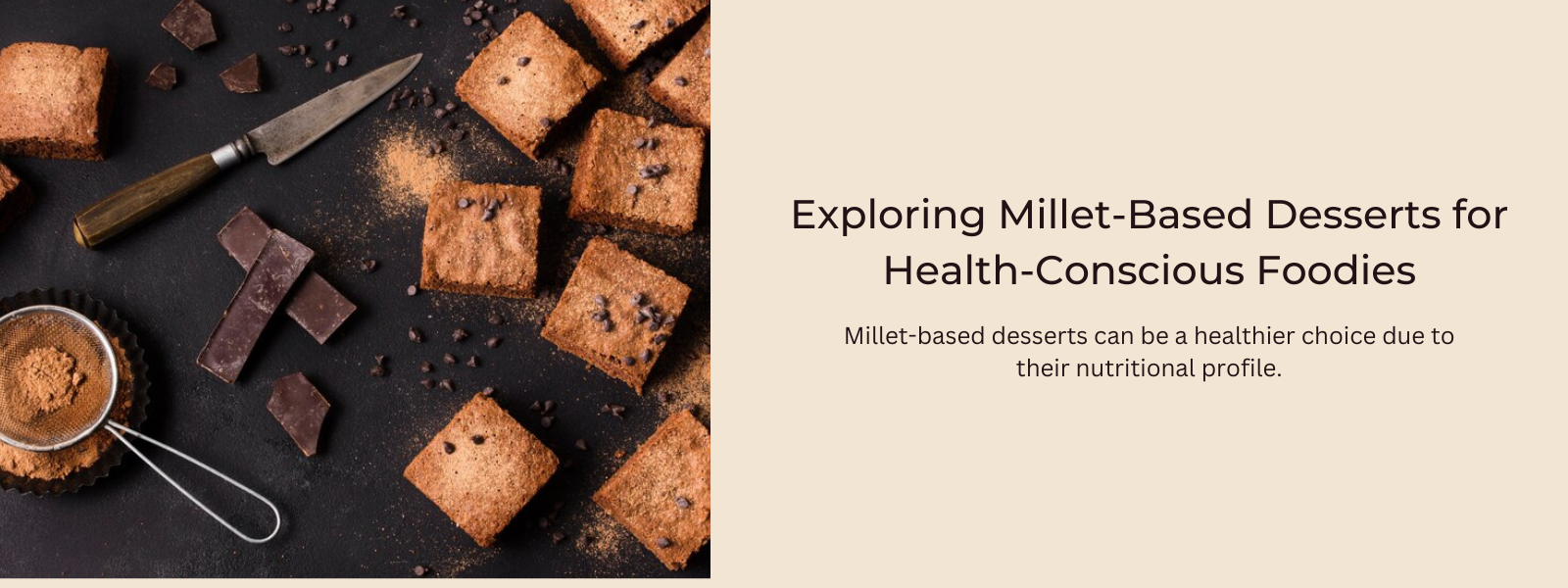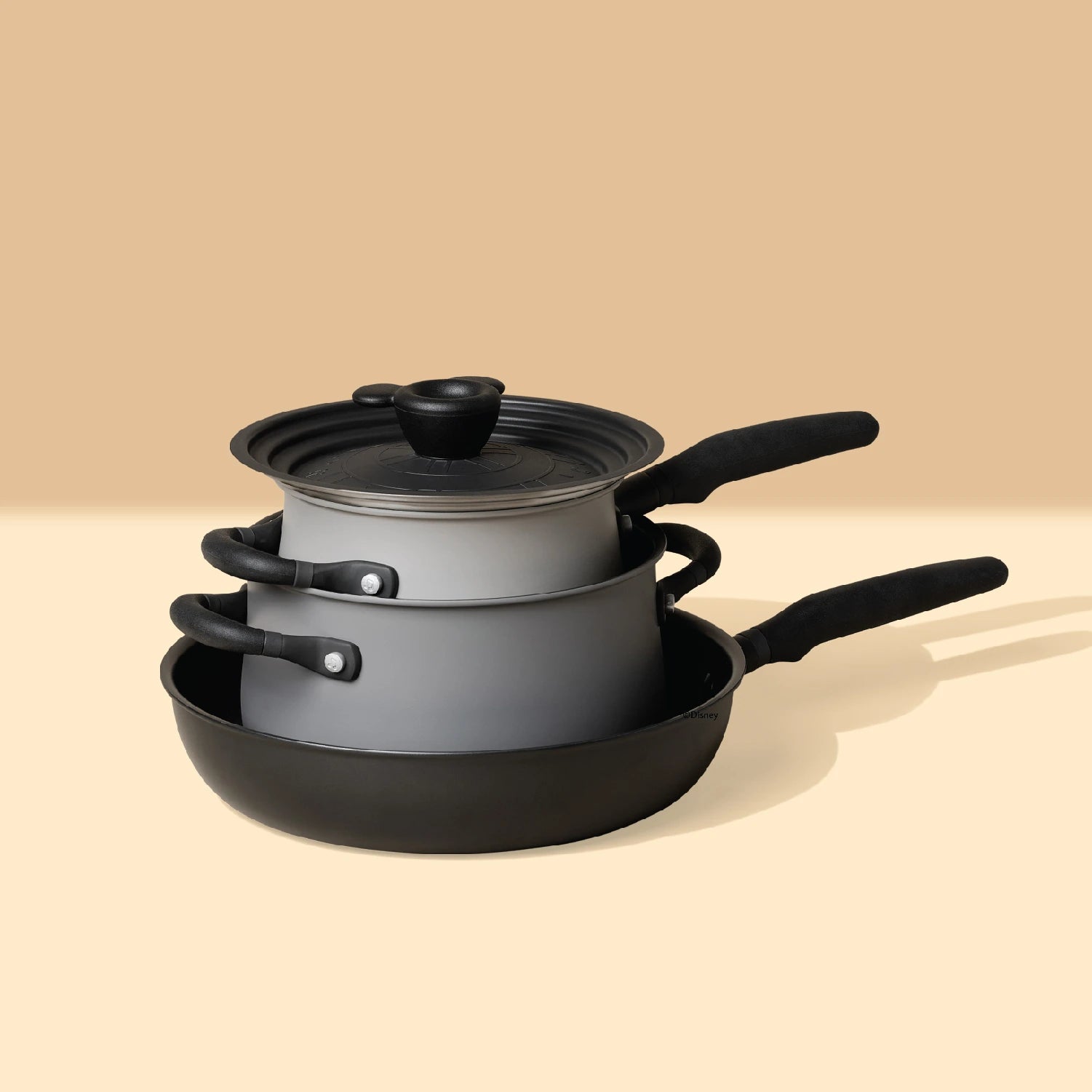Millets, a group of small-seeded grasses, have been a staple in various cultures for thousands of years. Known for their adaptability to different climates and poor soil conditions, these ancient grains are now gaining popularity worldwide for their impressive nutritional benefits and versatility in cooking. Varieties such as pearl millet, finger millet, foxtail millet, sorghum, and proso milleta offer a plethora of health advantages and can be incorporated into a wide range of dishes, making them a valuable addition to any diet.
Table of Contents
What Makes Millets Versatile?
Millets are incredibly versatile grains due to their adaptability in various climates and their ability to be used in numerous culinary applications. Their neutral flavor, ease of cooking, and ability to absorb the flavors of other ingredients make them a perfect base for a variety of dishes, both savory and sweet. Millets can be consumed as whole grains, ground into flour, or processed into flakes, which allows them to be incorporated into meals in multiple ways. Their versatility also stems from their nutritional profile, which makes them a valuable addition to different dietary needs and preferences, including gluten-free diets.
Different Ways to Use Millets and Recipes
- Whole Grains
Millets can be cooked whole and used in place of rice or quinoa in various dishes. They can be boiled or steamed and served as a side dish or mixed into salads and pilafs.
Recipe: Millet Pilaf
- Ingredients: 1 cup whole millet, 2 cups vegetable broth, 1 onion (chopped), 1 carrot (diced), 1 bell pepper (chopped), salt, and pepper to taste.
- Instructions: Toast the millet in a dry pan for a few minutes until it becomes fragrant. Add the vegetable broth and bring to a boil. Reduce the heat, cover, and simmer for 20 minutes until the millet is tender. In a separate pan, sauté the onion, carrot, and bell pepper until soft. Mix the cooked millet with the vegetables, season with salt and pepper, and serve.
- Porridge
Millets make an excellent breakfast porridge, similar to oatmeal, providing a warm and nutritious start to the day.
Recipe: Millet Breakfast Porridge
- Ingredients: 1 cup millet, 3 cups water or milk, a pinch of salt, honey or maple syrup, fresh fruit, nuts, and seeds for topping.
- Instructions: Rinse the millet under cold water. Combine millet, water or milk, and salt in a saucepan. Bring to a boil, then reduce heat and simmer, covered, for about 20-25 minutes until the millet is soft and the liquid is absorbed. Stir in honey or maple syrup and top with fresh fruit, nuts, and seeds.
- Millet Flour
Millet flour can be used in baking and cooking, making it a great gluten-free alternative for recipes that call for wheat flour. It can be used in bread, muffins, pancakes, and cookies.
Recipe: Millet Pancakes
- Ingredients: 1 cup millet flour, 1 cup milk, 1 egg, 2 tbsp sugar, 1 tsp baking powder, a pinch of salt, and 2 tbsp melted butter.
- Instructions: In a bowl, mix the millet flour, sugar, baking powder, and salt. In another bowl, whisk together the milk, egg, and melted butter. Combine the wet and dry ingredients, stirring until smooth. Heat a non-stick pan over medium heat and pour in batter to form pancakes. Cook until bubbles form on the surface, then flip and cook until golden brown. Serve with syrup or fresh fruit.
- Salads
Cooked millet can be added to salads to boost their nutritional content and add a pleasant texture.
Recipe: Millet Salad
- Ingredients: 1 cup cooked millet, 1 cucumber (diced), 1 tomato (diced), 1 red onion (chopped), 1/4 cup feta cheese, 2 tbsp olive oil, 1 tbsp lemon juice, salt, and pepper to taste.
- Instructions: Combine the cooked millet with the cucumber, tomato, and red onion in a large bowl. Crumble the feta cheese on top. Drizzle with olive oil and lemon juice, then season with salt and pepper. Toss gently and serve chilled.
- Soups and Stews
Millet can be used to thicken soups and stews, adding a heartiness and nutritional boost.
Recipe: Hearty Millet Soup
- Ingredients: 1/2 cup millet, 4 cups vegetable broth, 1 onion (chopped), 2 carrots (sliced), 2 celery stalks (sliced), 2 potatoes (diced), 1 can diced tomatoes, 1 tsp dried thyme, salt, and pepper to taste.
- Instructions: In a large pot, sauté the onion, carrots, and celery until tender. Add the vegetable broth, potatoes, tomatoes, and thyme. Bring to a boil, then add the millet. Reduce the heat and simmer for 20-25 minutes until the millet and vegetables are tender. Season with salt and pepper and serve hot.
Nutritional Benefits
Millets are a nutritional powerhouse, offering an array of essential vitamins, minerals, and antioxidants. They are particularly high in B-vitamins such as niacin, thiamine, and riboflavin, which are crucial for energy metabolism, maintaining healthy skin, and proper nerve function. Additionally, millets are rich in minerals like iron, magnesium, phosphorus, and potassium. Iron is vital for preventing anemia and ensuring proper oxygen transport in the blood, while magnesium and phosphorus are important for bone health and energy production. Potassium helps regulate blood pressure and supports cardiovascular health. The antioxidants present in millets, such as phenolic acids and flavonoids, help combat oxidative stress and inflammation, further boosting overall health.
Conclusion
Millets are not only a nutritional powerhouse but also an incredibly versatile ingredient that can be adapted to a wide range of culinary applications. Their ability to be used as whole grains, flours, porridges, and in soups and salads makes them an excellent addition to any diet. By incorporating millets into your meals, you can enjoy their numerous health benefits while diversifying your culinary repertoire. Whether you are looking for gluten-free options, nutrient-dense breakfasts, or hearty main courses, millets offer a variety of delicious and healthy possibilities.










Leave a comment